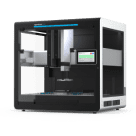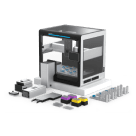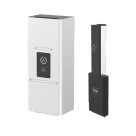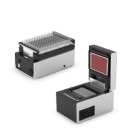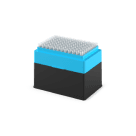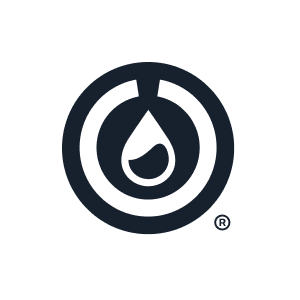Connecting the OT-2R to a router
The OT-2R electronics are designed for Ethernet connectivity, without the internal USB-to-Ethernet converter found in the OT-2. As a result, the OT-2R can be directly connected to a router through its Ethernet port. Read More


